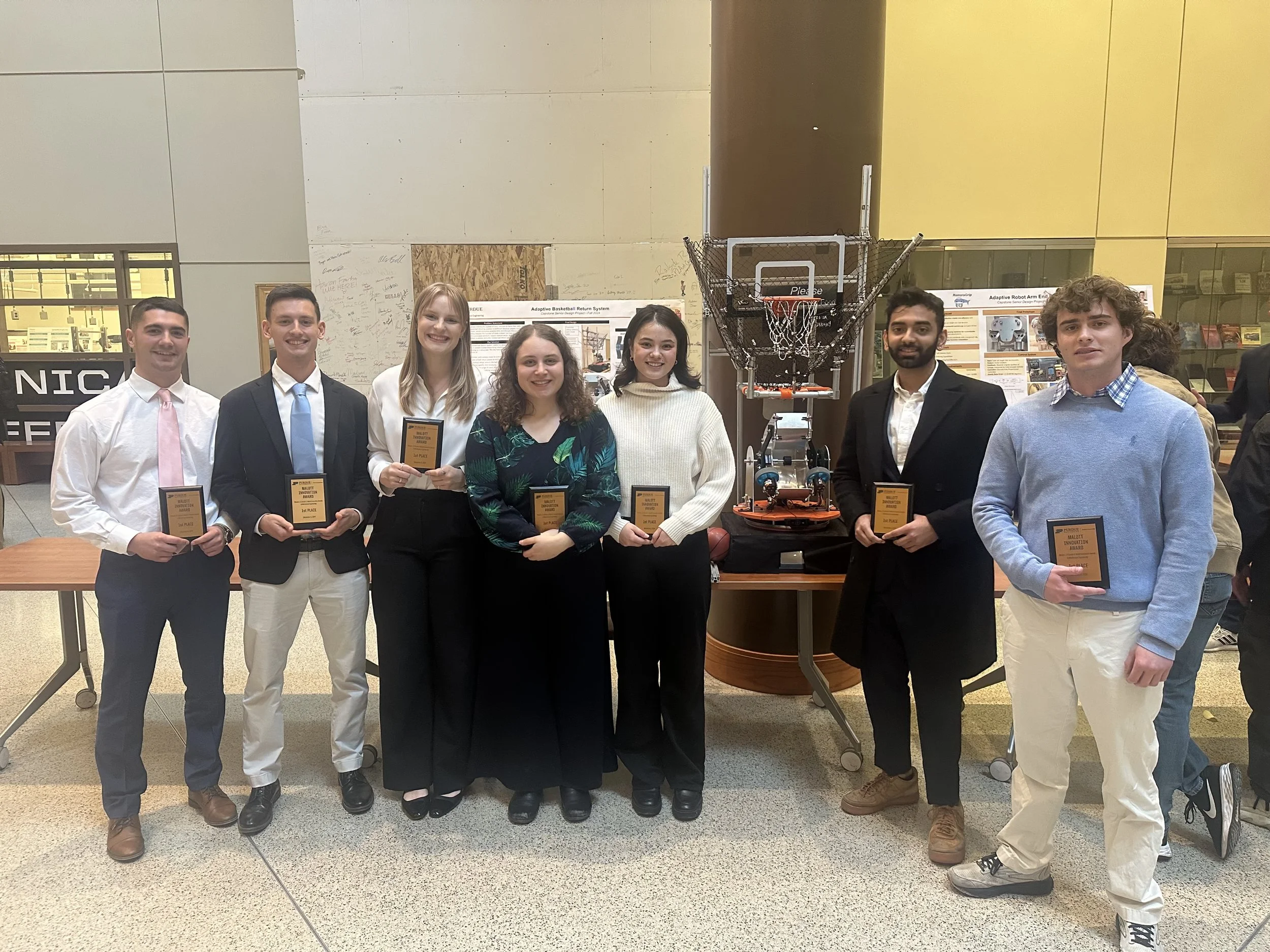"High-resolution, high-speed, three-dimensional video imaging with digital fringe projection techniques," Journal of Visualized Experiments, (2013)
/L. Ekstrand*, N. Karpinsky*, Y. Wang*, and S. Zhang, "High-resolution, high-speed, three-dimensional video imaging with digital fringe projection techniques," Journal of Visualized Experiments (JoVE), (82), e50421, 2013. (Associated with Video Illustrations) (invited); doi: 10.3791/50421
Digital fringe projection (DFP) techniques provide dense 3D measurements of dynamically changing surfaces. Like the human eyes and brain, DFP uses triangulation between matching points in two views of the same scene at different angles to compute depth. However, unlike a stereo-based method, DFP uses a digital video projector to replace one of the cameras. The projector rapidly projects a known sinusoidal pattern onto the subject, and the surface of the subject distorts these patterns in the camera’s field of view. Three distorted patterns (fringe images) from the camera can be used to compute the depth using triangulation.
Unlike other 3D measurement methods, DFP techniques lead to systems that tend to be faster, lower in equipment cost, more flexible, and easier to develop. DFP systems can also achieve the same measurement resolution as the camera. For this reason, DFP and other digital structured light techniques have recently been the focus of intense research (as summarized in1-5). Taking advantage of DFP, the graphics processing unit, and optimized algorithms, we have developed a system capable of 30 Hz 3D video data acquisition, reconstruction, and display for over 300,000 measurement points per frame. Binary defocusing DFP methods can achieve even greater speeds.
Diverse applications can benefit from DFP techniques. Our collaborators have used our systems for facial function analysis9, facial animation10, cardiac mechanics studies11, and fluid surface measurements, but many other potential applications exist. This video will teach the fundamentals of DFP techniques and illustrate the design and operation of a binary defocusing DFP system.



